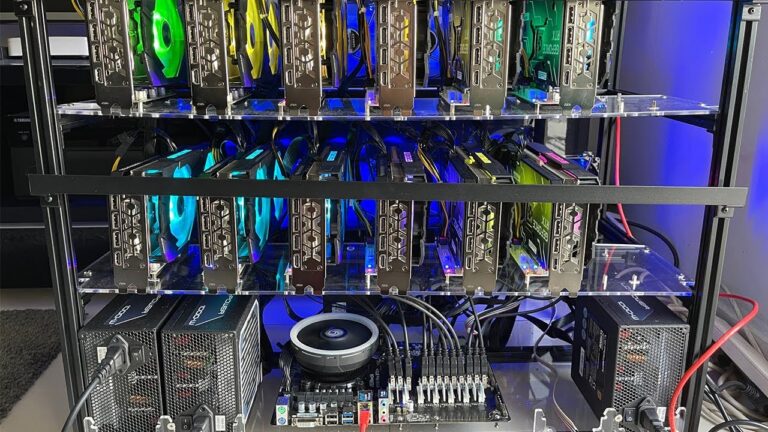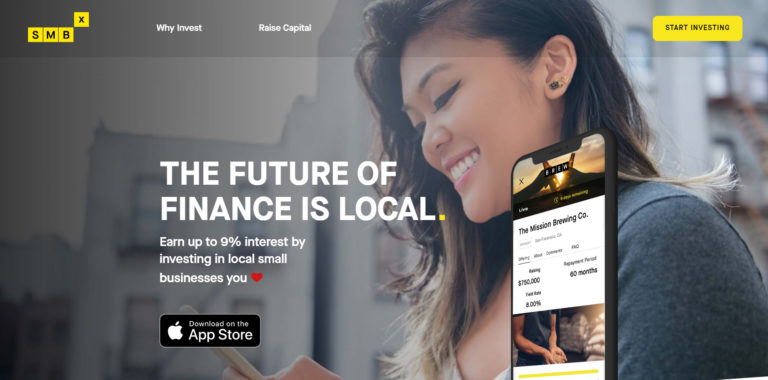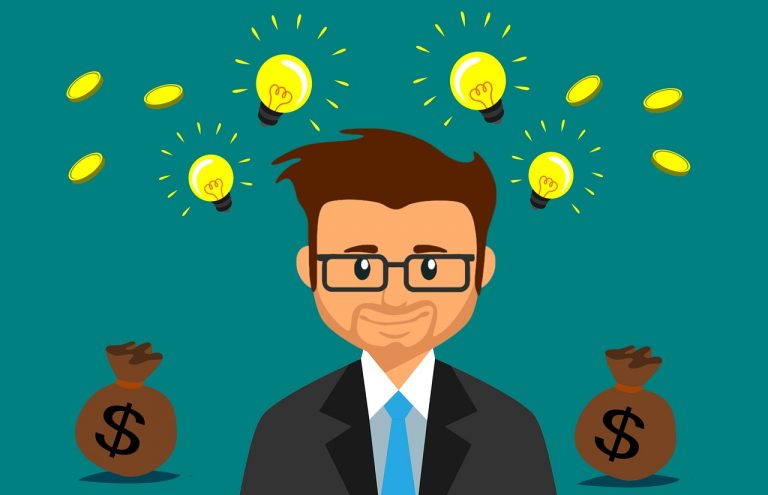Are you constantly broke until your next paycheck? Is your debt too high to see an end to it? Is retirement planning like a science fiction story?
It’s time to break the paycheck-to-paycheck cycle and solve all your money problems once and for all.
Related article:
How to Stop Being Broke – The Ultimate Guide
Understand your money problems
I’ve known people who intentionally don’t keep track of their money, because they know it’s a dire situation and don’t want to see how bad it is.
Ignoring a problem won’t make it disappear, so don’t hide your head in the sand.
Write down your debts. Everything. From the due balances to monthly payments and interest rates. This allows you to choose a debt payment strategy that works better for you.
Related article:
How to Get out of Debt: Three Debt Payment Strategies You Should Be Trying
Now write down all your money moves for at least a month. Ideally more time, but even 30 days would give you a better view on how you manage your money so far.
All the income sources and then all the expenses: grocery bills, taxes, pension plan, health insurance etc. You get it, if you make a transaction, even small, write that down.
There are countless personal finance software solutions (such as my current favorite: AceMoney), if you don’t like any, use the old pen and paper.
After a while you’ll see your spending patterns, how much you pay each month and where you can improve to save some more money. This will allow you to speed up debt payment and get in a better shape.
Start saving money more aggressively
99% of all your money problems is lack of savings. What if you had a good emergency fund? Maybe you wouldn’t need a car loan. Maybe you wouldn’t get into so much credit card debt.
If you had some serious savings, you’d have a bigger down payment for your house or wouldn’t need a mortgage at all.
Related article:
7 Reasons to Save for a Large Down Payment
As soon as you get an emergency fund in place, you’ll notice that events that would get you deeper in debt, leave you unscathed: car repairs, a medical bill you need to cover, losing your job etc.
After you set up your emergency fund, direct all the money left at the end of the month towards your debt. You’ll soon see some excellent results: you’ll have fewer debts and, in time, can remain debt free.
Pay off as much debt as possible
You’ll never be truly financially independent, if you still carry debt. Pay off all the expensive debt you carry (the debt costing you the most at the end of the year … with the biggest interest rate). Slowly move to pay off all the loans you contracted during the time.
Paying off your debt will leave you more wiggle room every month and you’ll notice a huge improvement in your life.
By keeping costs down during each month, paying off debt as much as possible and making sure you also keep an emergency fund in place, you’ll soon be able to have more money left each month and finally break the paycheck-to-paycheck cycle.




